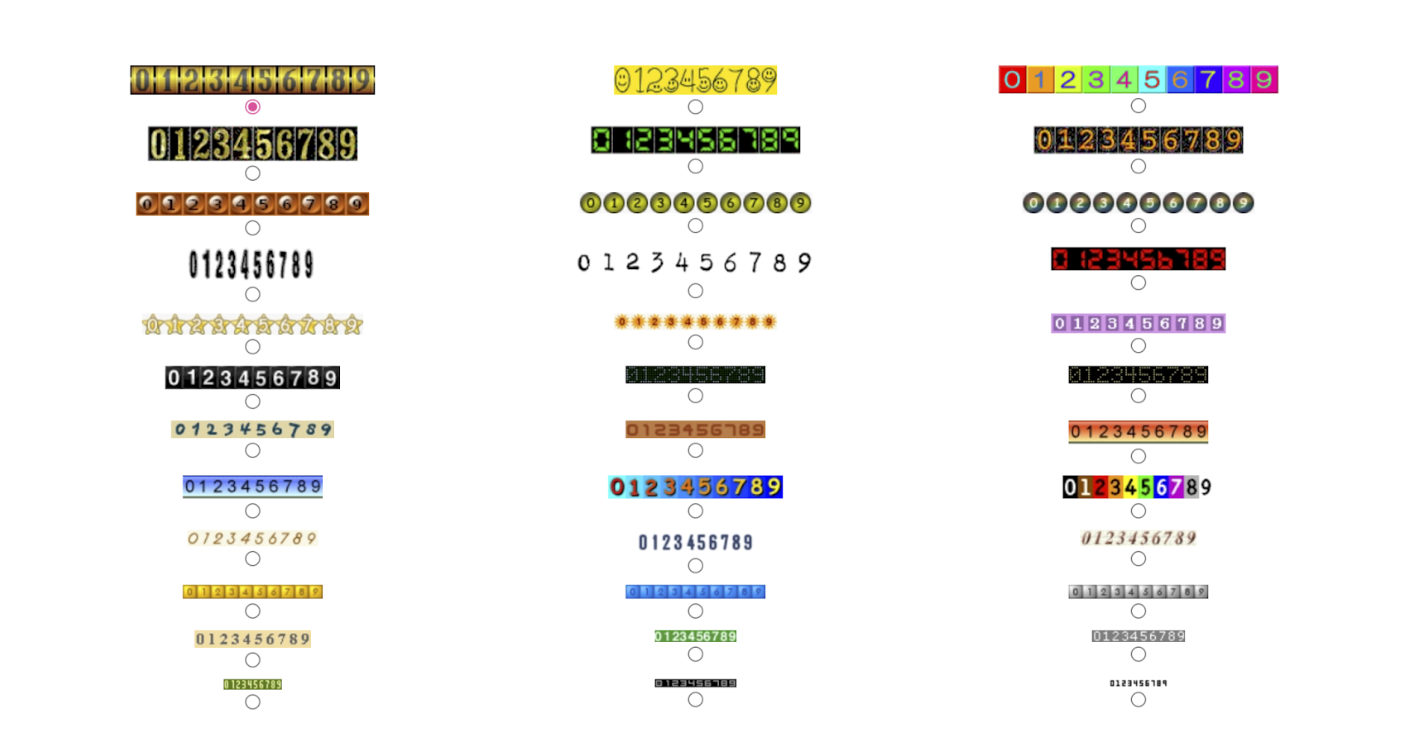Sometime in late 2022, tweets got a new metric: view counts. Or, rather, an old metric with a new position in the layout. View counts now appear below tweets—sorry, "posts"—next to replies, reposts, and likes.

This addition strikes me as interesting not because view counts are interesting (they’re not), but because the view count is a signifier of nothing, betraying a fundamental misunderstanding of what should make X (née Twitter) specifically—and social media in general—significant in the first place.
In my view, it weakens the case for counting (or displaying) the other metrics at all. We already, tacitly or explicitly, understand social media platforms to be sites of performance, and the language we use to describe things there—content, engagement, and, yes, performance—mirror that understanding. On a site or app where “viewing” is passive, a view count is not an indicator of whether the performance went well. In fact, the higher the view count the lower—and less significant—the other numbers feel, since they will likely never catch up.
After all, if 1,000 people viewed a post, and only 10 decided to take action, the post suddenly doesn’t seem very meaningful, even if those 10 people loved what they saw and drew a lot of personal meaning from it.
Besides that, it disconnects the model of interpreting these indicators as signifying user intent. On an infinitely scrolling, algorithmically generated list, scrolling past something is about the least intentional thing one could do. Replying, reposting, or liking all involve deliberate action.
I am reminded, fondly, of “hit counters” of the early internet. When I think about those viewcounters, I think about the deliberate journeys I took to find new content. A tiny ship docking in a previously unseen port. It was our own oars that got us there, not a scroll gesture alone.

Even rendered as a seven-segment LED board, these counters were significant in a world where finding something new took time.

Coming back to the present, we see that the view count is not just conceptually void of action, but literally affords no action on the screen. Styled to be identical to the other options under a tweet, it suggests affordance. But the only thing the view count affords is a larger view of the same information or an unhelpful dialog that explains what the number next to “views” means (it means, unsurprisingly, views).

The only meaning apparent in displaying view counts is to provide a number for each post that consistently goes up regardless of the sentiment of the people who use the site or the actions they decide to take. But counter to the goal of making a post (or the site generally) feel more active, inflated view counts with very low explicit engagement counts are likely to create a perception that even less is happening on the site.
As I discussed in my conversation with Judith Donath for Design Notes, contemporary centralized social media sites are beyond finding roots in social goals. Even the term “social media”—compared to, for example, “social networking”—shows a de-emphasis of subjective meaning and connection, reducing the meaning of a platform to the pictures, text, and videos it can display and how many people it can coax to react. In prioritizing a metric like views, which does not even require a reaction, the platform satisfies not even the pretenses of engagement-as-meaning.
As I finally publish this note, most people have already forgotten about the view counts, but highlighting this metric caused a momentary detotalization of X's user experience, throwing off the mental model of the single-tweet view just by adding one more number.





